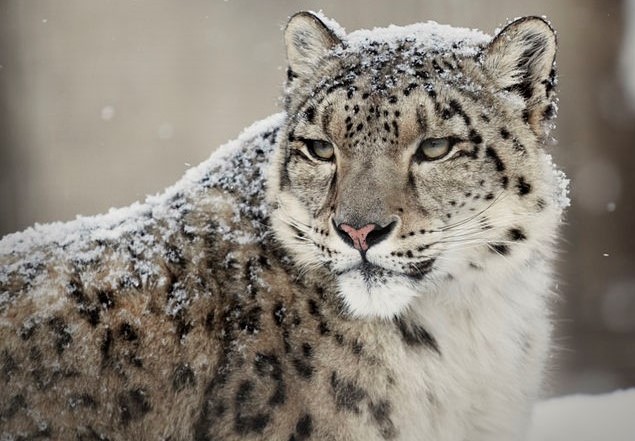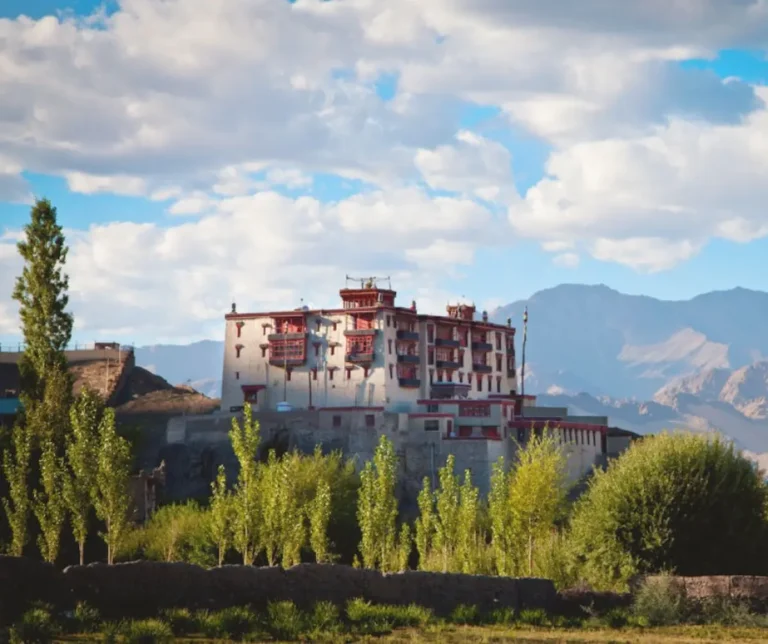Alchi Monastery, located on the banks of the mighty Indus River in Alchi village in Ladakh, is one of the oldest Buddhist learning centres and a Himalayan treasure. The lovely village of Alchi is located in the lower part of Ladakh, 66 kilometres from the town of Leh, in the Khalsi Tehsil on the Leh-Srinagar Highway. Stay at our heritage hotel in Ladakh while exploring the nearby regions of
In Ladakh, there are various monasteries, with each village and town having its own. Some of these monasteries are large and well-known, while others are smaller and located in remote regions. All of them, however, share the characteristics of being equally beautiful and having their own history. The Alchi Monastery is an example of such a location.
The village of Alchi is well-known for its ancient and breath-taking monuments from various eras that it contains. One of these structures is the Alchi Monastery, which is renowned for its distinctive design and craftsmanship. In the 10th century, the great translator Guru Rinchen Zangpo founded it. However, the inscriptions on the monuments indicate otherwise, attributing it to a Tibetan noble named Kal-dan Shes-rab who lived later in the eleventh century.
Alchi is a small village not far from Leh. It is only about 4 kilometres from the main Srinagar Leh Highway and about 65 kilometres from Leh. Nonetheless, not many people come here. It’s right next to the Indus River and a lovely place to spend some time.

About the Monastery
The monastery, also known as Alchi Gompa, is the most well-known feature of Alchi Village. Other Gompas in Ladakh are on hilltops, but the one in Alchi is on the plains. It is one of the oldest monasteries in Ladakh and was built between 958 and 1055 AD. It is a Buddhist worshipping place as well as a study center managed by the lamas of Likir.
The monastery complex is distinct from the rest of the village settlements. The monastery is renowned for its exquisite architecture, with a Kashmiri-style assembly hall and wall paintings depicting the artistic and intricate details of the kings who ruled Ladakh. It contains monuments and scriptures that date back to the 10th century. Other attractions include a large and beautiful Buddha statue, elaborate wood carvings, and charming artwork.
Alchi is also one of the three villages that make up the ‘Alchi group of monuments.’ The other two villages are Mangyu and Sumda Chun. The monuments in all three villages are thought to be of one-of-a-kind style and craftsmanship.
Architecture and Structure
The Alchi Monastery is comprised of three main structures. They are known as Dukhang, Sum Tsek, and Manjushri Temple. The Dukhang, or assembly hall, is the largest and oldest preserved section of this monastery. Years ago, the walls were painted with various forms of Buddha and goddesses.
Sum Tsek is a three-story temple best known for its four-armed large Bodhisattva statue. The statue alone takes up two floors of the temple. The Maitreya Buddha statue is on the ground floor, alongside the white Avalokiteshvara and Manjushri statues.
Best Time to Visit Alchi Monastery
The best time to visit Alchi Monastery is from May to September. You can enjoy your time here because the roads are open and clear. Roads are closed due to snowfall after November and remain closed until April. As a result, they must be avoided.
Plan your trip to Ladakh during the celebrations to see the Alchi Monastery in all its glory while staying at our heritage hotel in Ladakh. Tibetan New Year, Sho Dun, and Chotrul Ducan are celebrated at the monastery, providing insight into Ladakhi culture and a glimpse into local people’s lives.
How to reach Alchi Monastery
The village and monastery are very close to the Srinagar-Leh highway. It is approximately 65 kilometres from Leh and 160 kilometres from Kargil. You will reach Alchi Road after approximately 60 kilometres of driving from Leh. It’s a narrow road that’s easy to overlook, so keep an eye out. It will be to your left if you are coming from Leh.
Featured Image Credits: www.tourmyindia.com

